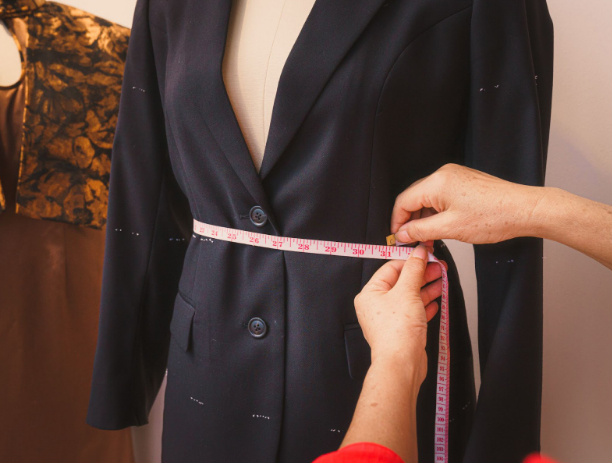Tailoring, as we know it today, has a rich history that spans centuries. It evolved from practical beginnings to become an art form synonymous with sophistication and personal expression. This blog explores the origins of tailoring and its transformation over time, highlighting its significance in shaping modern fashion and professional wear.
The Early Roots: Functional Beginnings
The history of tailoring can be traced back to ancient times when clothing was primarily made for functionality rather than style. Early garments were simple, draped pieces of fabric, such as tunics or robes, designed for protection and utility. However, the need for better-fitted, more practical attire emerged as societies grew more structured.
- Medieval Period: In the Middle Ages, tailoring began to take shape as an occupation. Tailors were skilled artisans who worked with heavy wool and linen to create garments that fit the human form more closely. This period marked the beginnings of pattern-making and sewing techniques that allowed for shaped clothing.
The Renaissance Era: Craftsmanship Flourishes
The Renaissance brought a cultural and artistic awakening that influenced fashion. Tailors became highly respected craftsmen, as clothing reflected wealth, status, and individuality. Nobility sought elaborate garments that highlighted their figures and demonstrated their power, leading to more intricate tailoring techniques.
- Key Innovations: Tailors started using padded doublets and fitted bodices, introducing darts and seams for a contoured fit. The concept of bespoke tailoring, where clothing was custom-made for individuals, also emerged during this time.
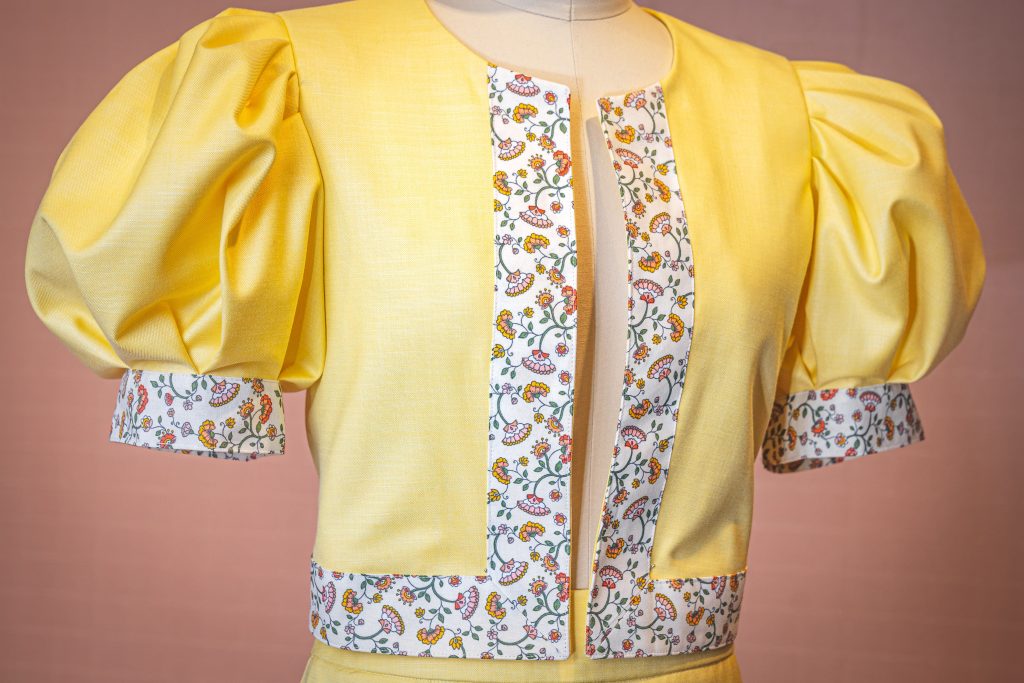
18th and 19th Centuries: The Birth of Modern Tailoring
The 18th and 19th centuries marked a significant turning point in tailoring, particularly in Europe. The rise of dandyism, where men embraced fashion as an expression of personal style, emphasized tailored clothing that fit perfectly and looked immaculate.
- Savile Row: In the late 1700s, Savile Row in London became the epicenter of bespoke tailoring. Master tailors set the standard for high-quality, hand-stitched suits that catered to aristocrats and royalty. This period also saw the introduction of tailoring techniques that are still in use today, such as canvassing and precise hand-stitching.
- Industrial Revolution: The invention of the sewing machine in the 19th century revolutionized clothing production, making tailored garments more accessible. Ready-to-wear suits began to appear, although bespoke tailoring remained a luxury.
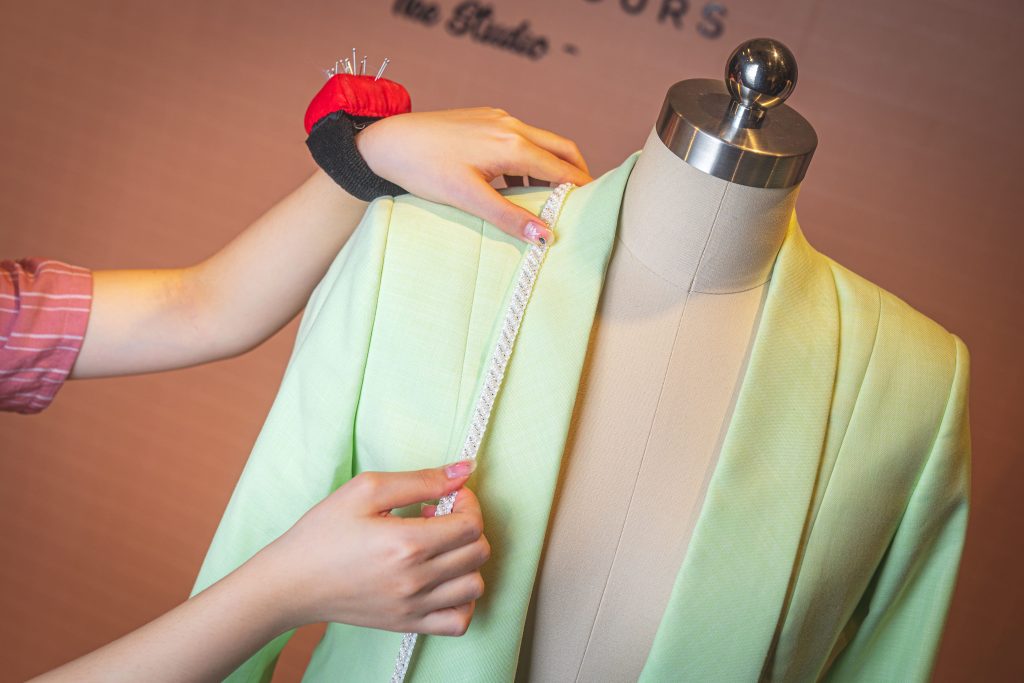
20th Century: Women Enter the Picture
Tailoring was historically dominated by menswear, but the 20th century saw a shift as women entered the workforce and demanded professional attire. Designers like Coco Chanel revolutionized women’s fashion, blending tailored fits with comfort and elegance.
- The Power Suit: The 1980s introduced the “power suit” for women, symbolizing strength and equality in the workplace. With padded shoulders and sharp lines, it became a staple for professional women and a key turning point in the history of tailoring for women.
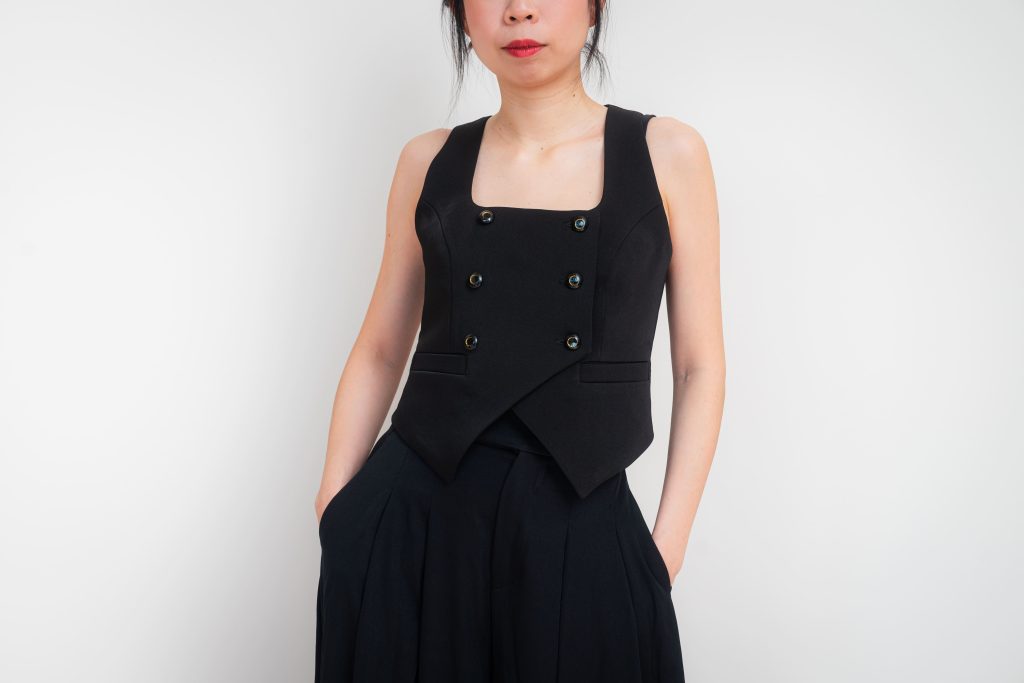
The Modern Era: Tailoring for Everyone
Today, tailoring is no longer reserved for the elite. With advancements in technology, custom and semi-custom suits are widely available, catering to diverse body types and styles.
- Personalization and Inclusivity: Modern tailoring celebrates individuality, offering a range of fits, fabrics, and designs that empower everyone, especially women, to express themselves confidently. From traditional bespoke suits to digital tailoring solutions, the art continues to evolve while maintaining its roots in craftsmanship.
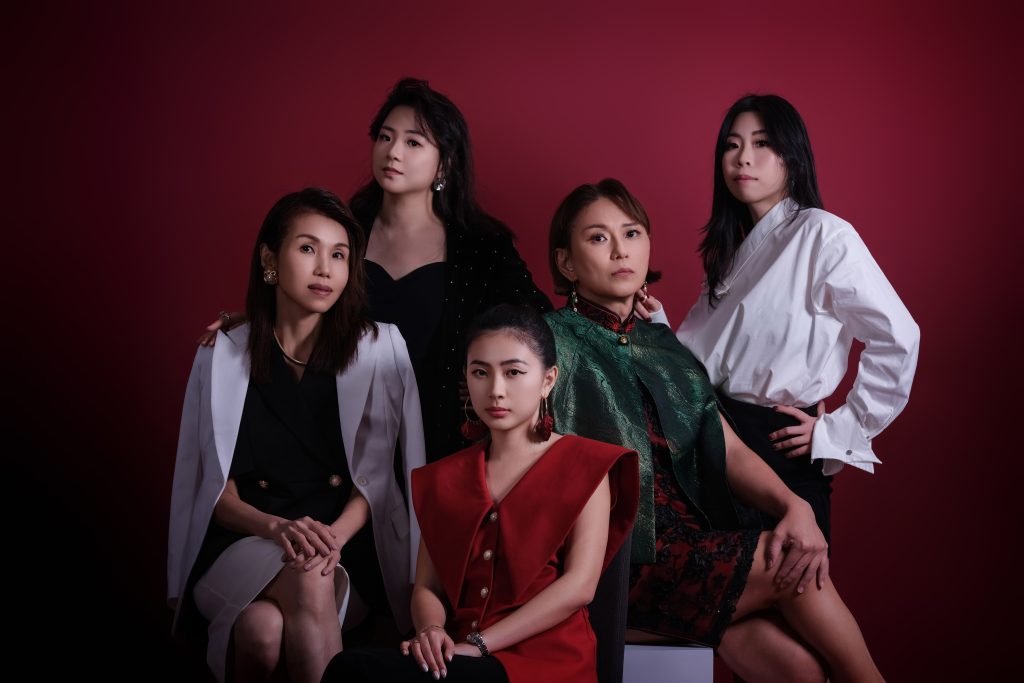
Tailoring’s Enduring Legacy
Tailoring’s journey from functional beginnings to an emblem of empowerment reflects its enduring importance in fashion. It’s not just about clothing; it’s about crafting confidence and showcasing the best version of oneself. Whether it’s a power suit for the boardroom or a custom ensemble for a special occasion, tailored clothing remains a timeless investment in style and self-expression.
This journey through time demonstrates that tailoring is more than just a craft—it’s a testament to the evolution of society and fashion.



